The period for commenting on the EIA for Agreement No. CE 20/2021 (CE) First Phase Development of the New Territories North – San Tin / Lok Ma Chau Development Node – Investigation – to give it the official name – ends tomorrow, 2 March 2024 as I post.
I’ve commented:
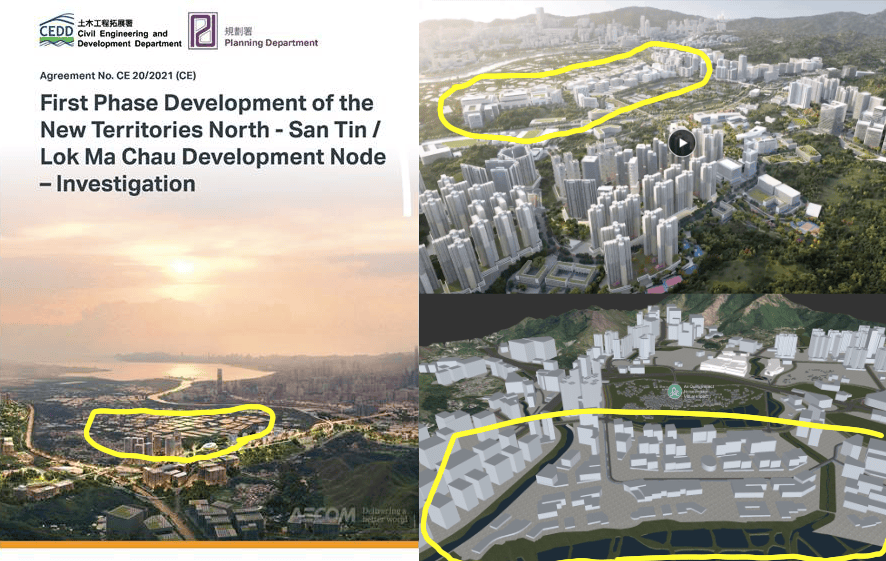
The EIA report’s cover image indicates the rosy-tinted view of the project and its impact on San Tin fishponds: a sunset glow over the wetland; and it appears to me the San Tin fish ponds are intact, not substantially destroyed as planned.
I have not read all the EIA, which is lengthy; others such as green groups are making more detailed responses. Some impressions, noting that my expertise is in birds [I have surveyed migratory birds, including for EIAs]:
Especially in introductory pages, this could have been written by a government department, not a consultant with some supposed independence: it confidently tells of project benefits, when surely these are outside the remit of an EIA.
Errors in identification of birds in photos have been pointed out [by HK Birdwatching Society]; most odd if resulted from “editing”.
These perhaps indicate the consultant was not able to afford/find a bird expert, who could help with identification. If so, this would in turn cast doubts on various results, conclusions, and recommendations, including for “wetland conservation parks”.
The EIA report’s cover image indicates the rosy-tinted view of the project and its impact on San Tin fishponds: a sunset glow over the wetland; and it appears to me the San Tin fish ponds are intact, not substantially destroyed as planned.
I have not read all the EIA, which is lengthy; others such as green groups are making more detailed responses. Some impressions, noting that my expertise is in birds [I have surveyed migratory birds, including for EIAs]:
Especially in introductory pages, this could have been written by a government department, not a consultant with some supposed independence: it confidently tells of project benefits, when surely these are outside the remit of an EIA.
Alas, there is nothing to show the overriding need for siting part of the Technopole on the fish ponds area. This would seem a crucial point.
Poor quality bird survey with inadequate reporting
Errors in identification of birds in photos have been pointed out; most odd if resulted from “editing”.
These perhaps indicate the consultant was not able to afford/find a bird expert, who could help with identification. If so, this would in turn cast doubts on various results, conclusions, and recommendations, including for “wetland conservation parks”.
In the appendix on fauna, I see very very simple recording of statuses, which include “dominant”, whatever that means.
This is threadbare; where are the numbers required for properly assessing the importance of the area for birds? Especially for species of high concern, such as black-faced spoonbill. What were species of concern doing – feeding, roosting, flying over, etc?
Also, where are the details of habitat usage, such as the condition of fish ponds that attract spoonbills and other birds? Plus, should indicate that individual fish ponds are not uniformly attractive throughout the year – bird numbers can fluctuate considerably, such as with water levels as they are drained for maintenance.
It’s odd, too, to divide the area into “northern” and “southern” portions.
For an ecological survey, should be separated into habitats – so there aren’t forest birds listed together with wetland birds as if they occur in exactly the same places. Then, as per fish pond condition, consider micro habitats, and changes during year, during surveys periods.
And what were the survey periods; how many days, hours of fieldwork focused on birds? Maybe details are given, and I overlooked them.
Wetland conservation parks proposed with no evidence they can be effective
Much is made of the idea that a “wetland conservation parks” can somehow compensate for the destruction of a substantial wetland area.
But there is no information on exactly how this will be achieved. Nor is there evidence that Aecom has any background that can lead anyone to believe these enhanced areas are really possible.
The existing Wetland Park gives cause for concern; there is only a small area of wetland that is attractive for birdlife, even as a proportion of this park.
Further, notions of establishing three wetland conservation parks in phases are suggested without justification. So too the very casual notion that the first of these may not be fully ready until 2039 – a long long time in the future; compare the establishment of Mai Po Marshes Nature Reserve, for instance. Or perhaps many wetland reserves around the world.
– it is not as if these “wetland conservation parks” are planned for an area that is currently dry, with no wetland wildlife!
Well, there is huge potential for alternatives at San Tin, to protect the fish ponds, even transform parts of them to lagoons, a small lake or two and more, allowing nature conservation to dovetail with a variety of activities for humans. See, for instance, this information on recreation and tourism on the Ramsar website [note re Norfolk Broads, though dated figures]: Recreation & Tourism
Instead of destruction, with only promises of improvements sometime later, such a transformation of the area would be an affirmative, positive move that would also benefit the Technopole, creating a splendid area right on the doorstep for anyone who appreciates nature, whether or no they have a clue about identifying birds.
Sadly, such ideas are also beyond the remit of the EIA, which is highly constrained.
Safeguarding against floods among ecosystem services ignored by EIA; so too ecological civilisation
Saving and enhancing the San Tin fish ponds would also prove a boon in safeguarding against floods from rainstorms and storm surges, which will only increase as climate change continues apace. The water level could even be lowered at low tide ahead of potential flooding events, so the wetland can become a place for accepting flood water, further reducing flooding risk to the surroundings.
– ie, ecosystem services! Protecting wetlands is about far more than simply safeguarding spoonbills, otters and more.
Plus, of course, we hear of “ecological civilisation”. A curious term; yet it perhaps reflects the fact that our civilisation is founded on the natural world. Harm nature, and we too suffer; live more in harmony with it, and we can achieve a more sustainable future, as aspired to [remember Hong Kong’s Biodiversity Strategy and Action Plan, etc etc?]
Below – not with comment – some photos from a visit to San Tin in January 2024.
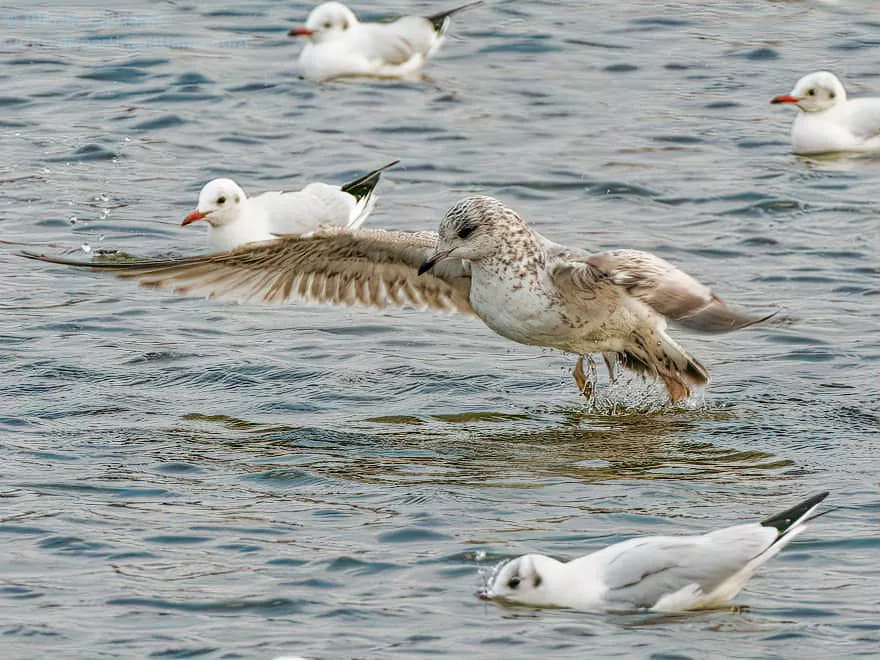
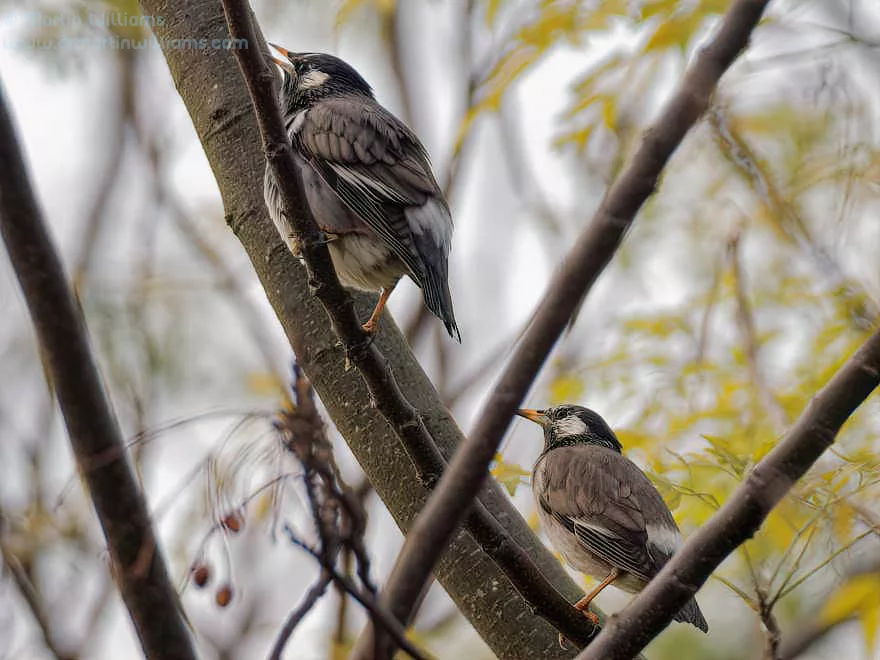
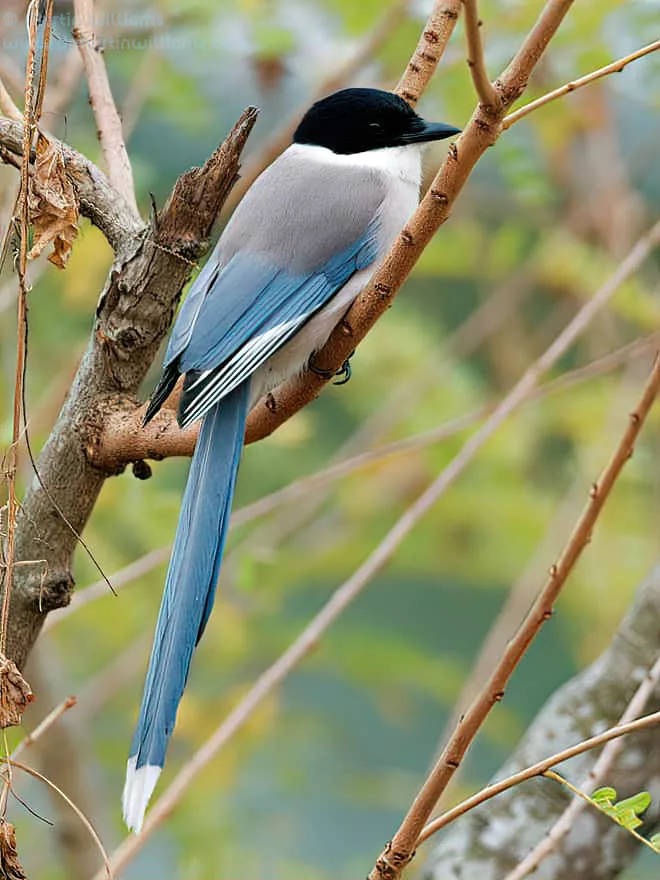

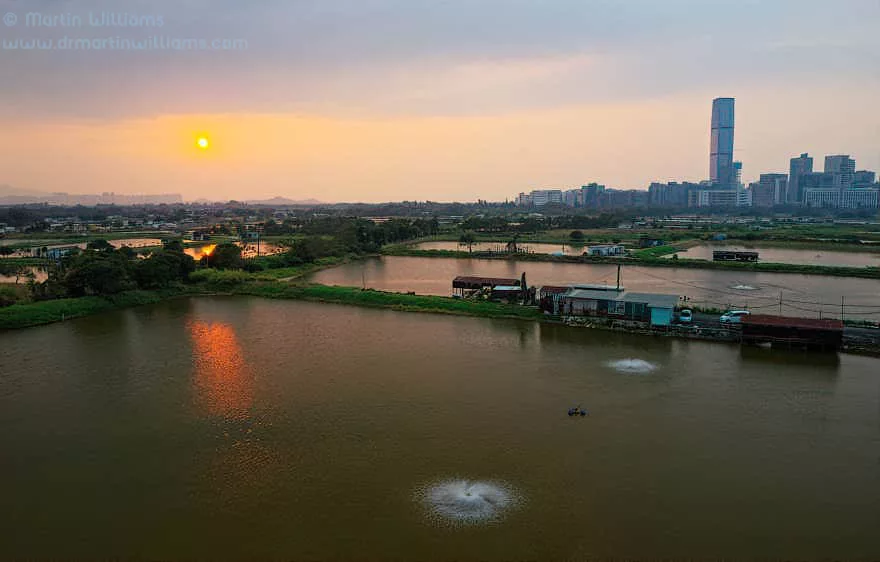
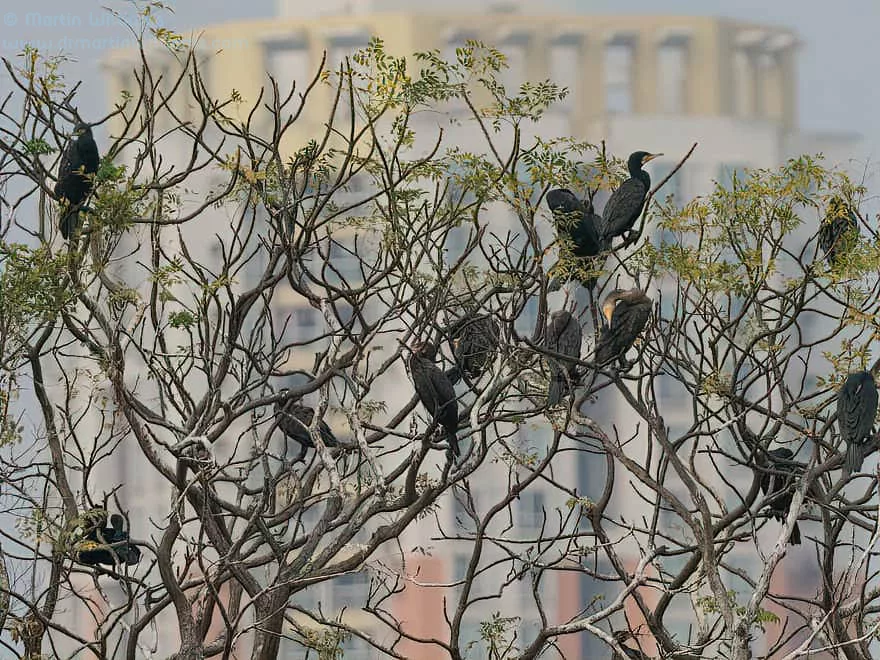
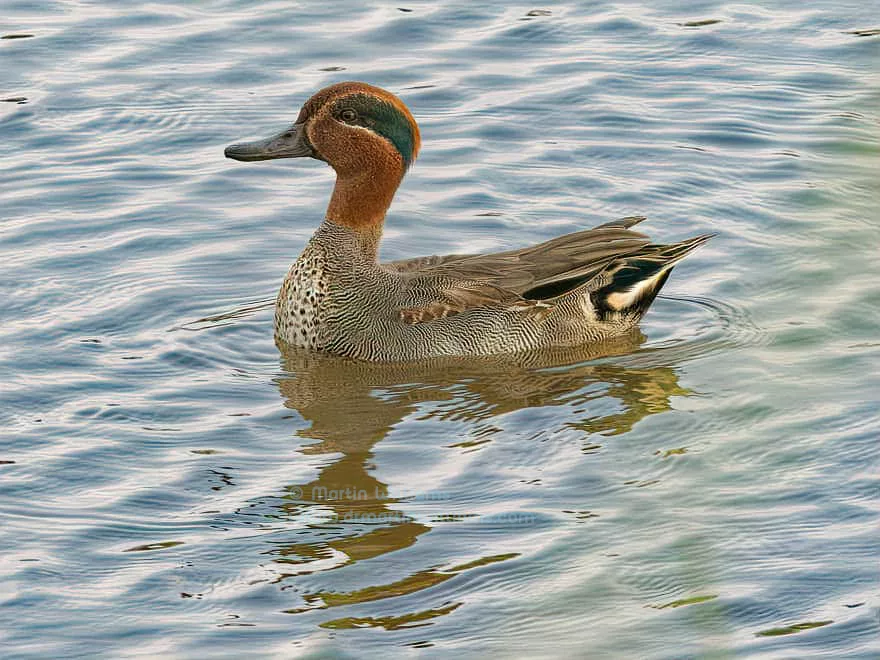
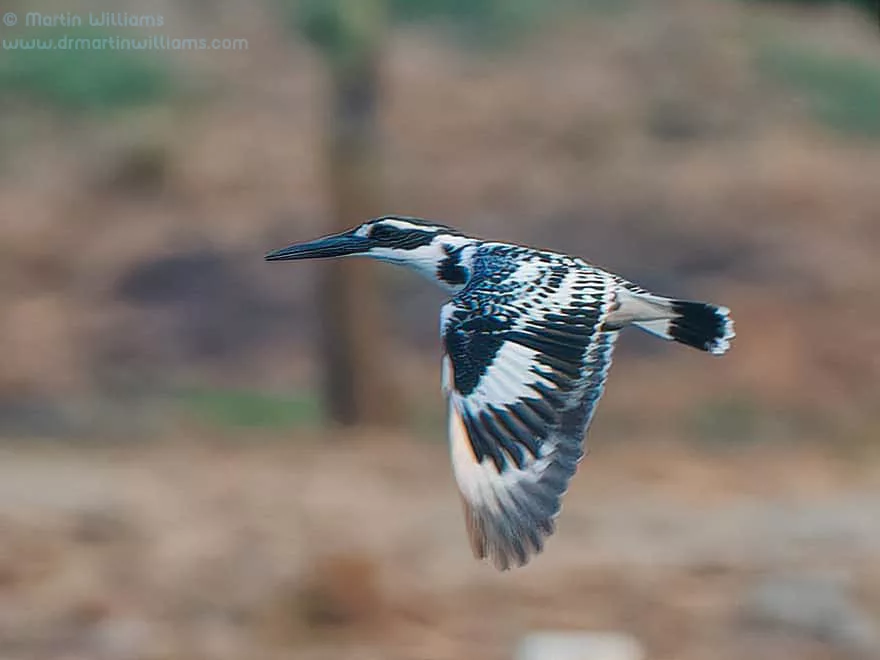
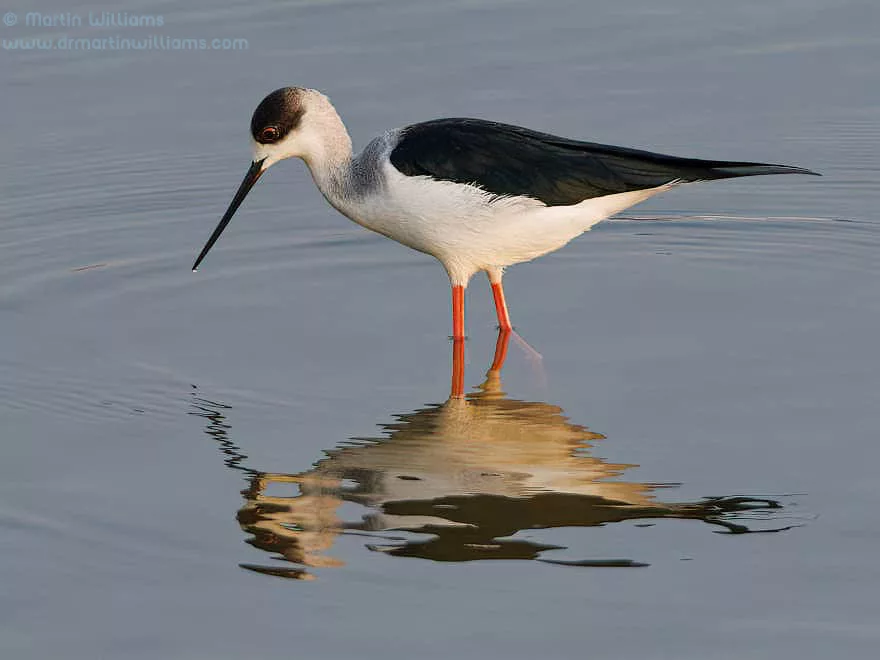
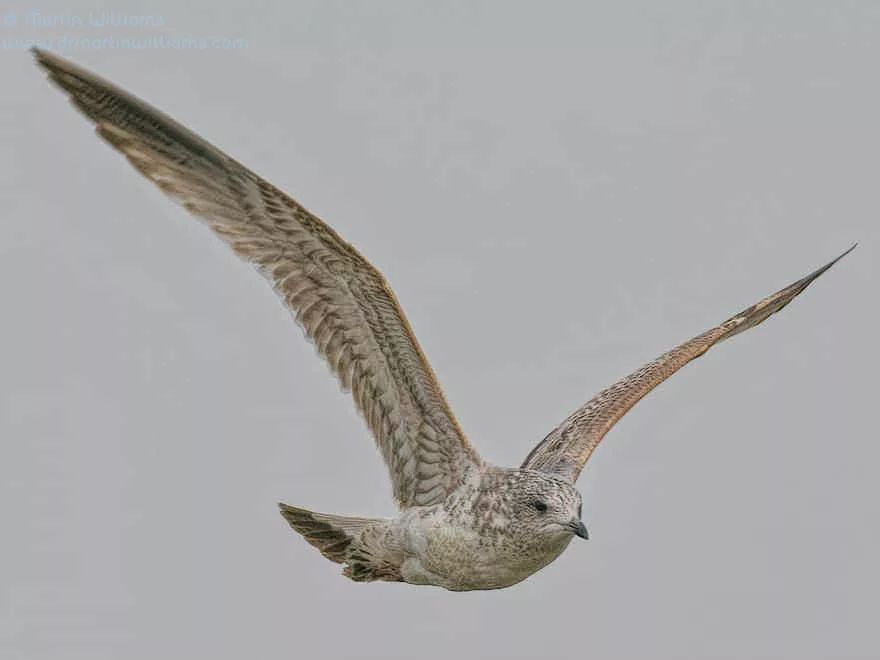
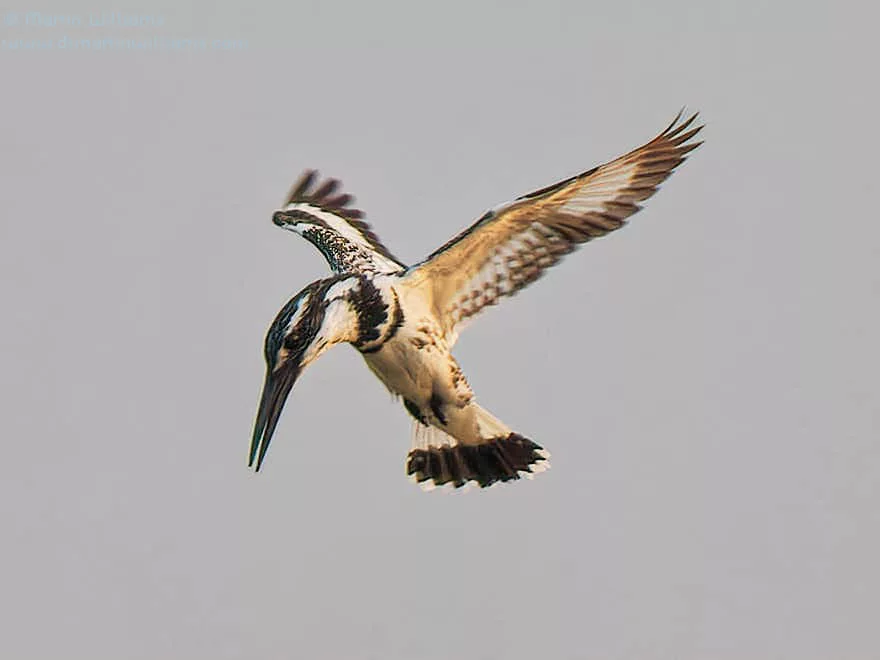
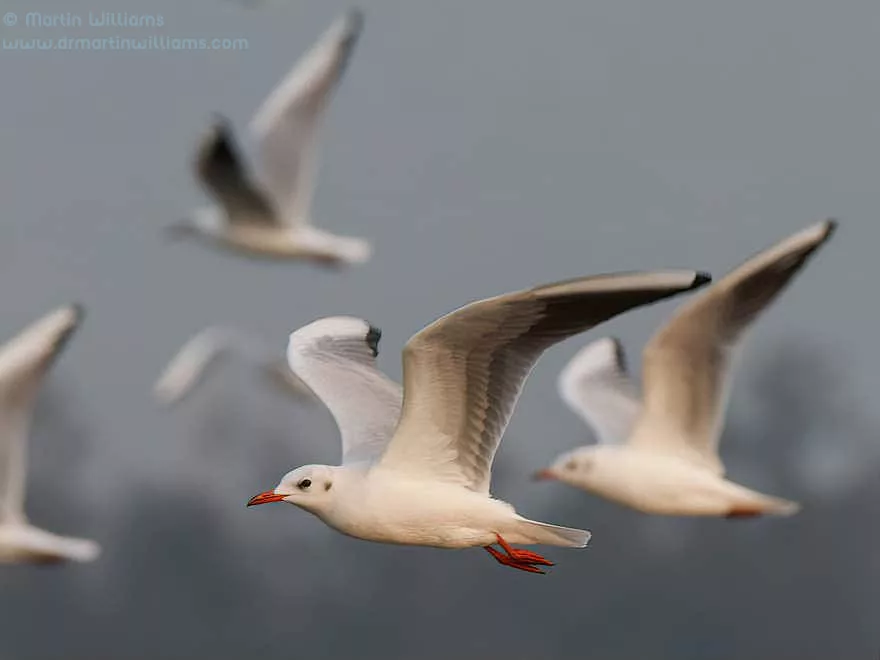
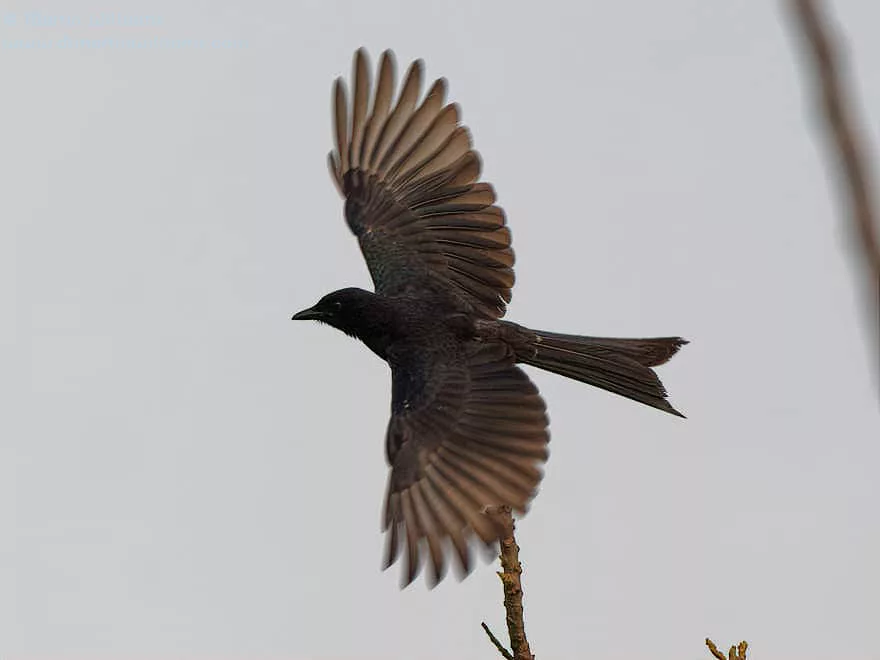
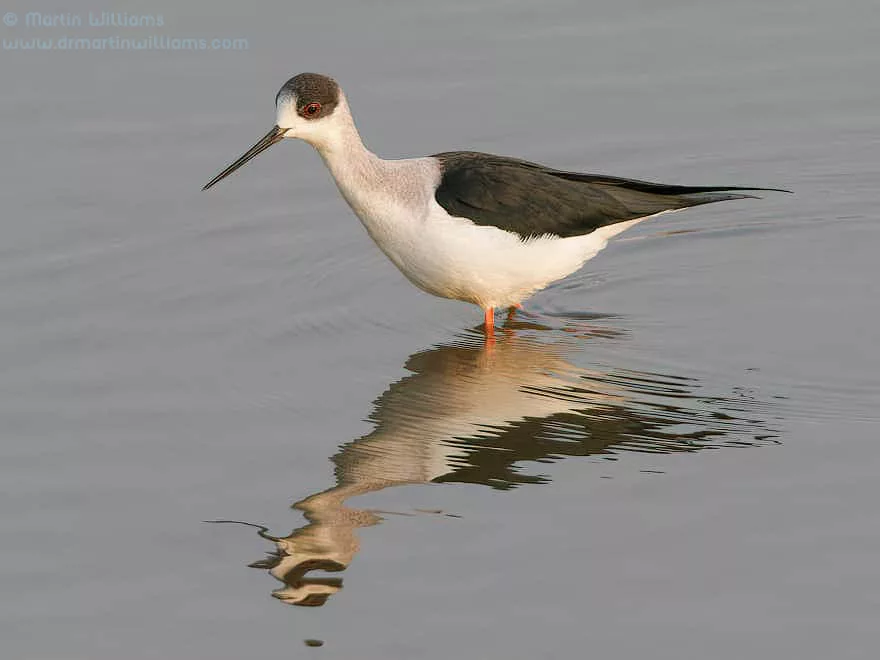
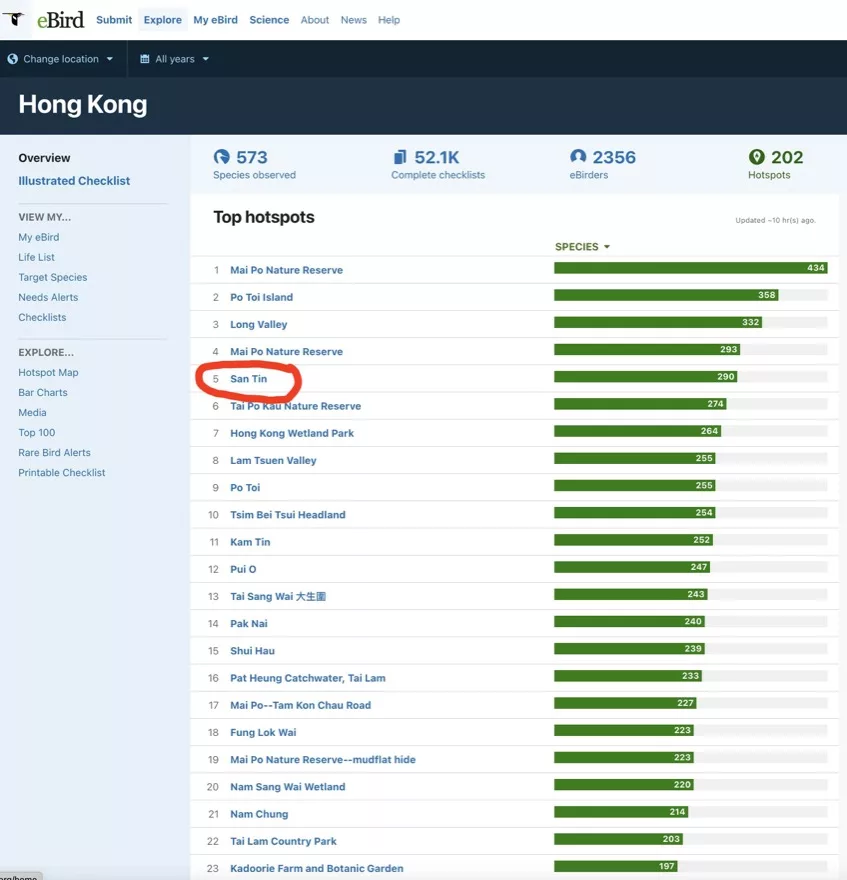
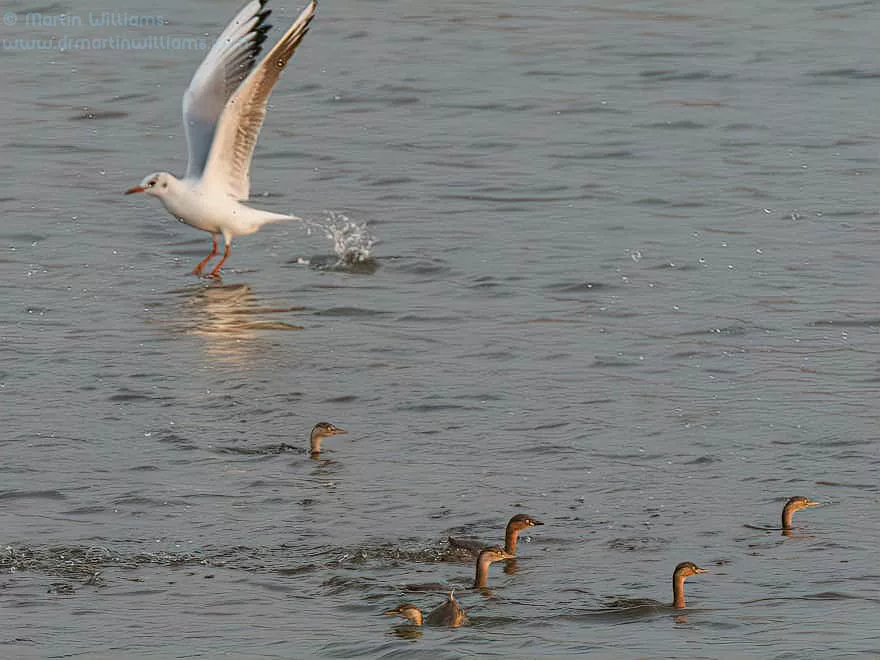
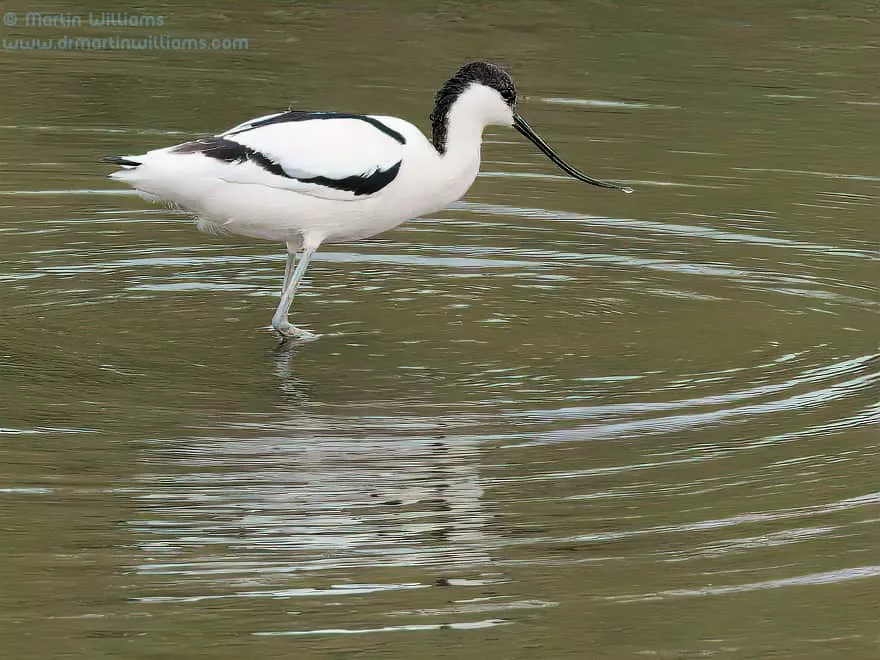
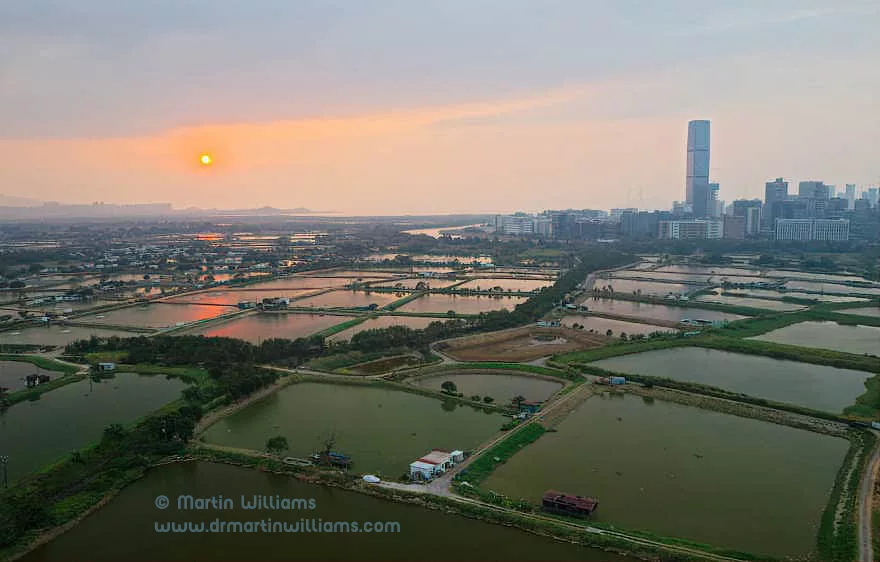
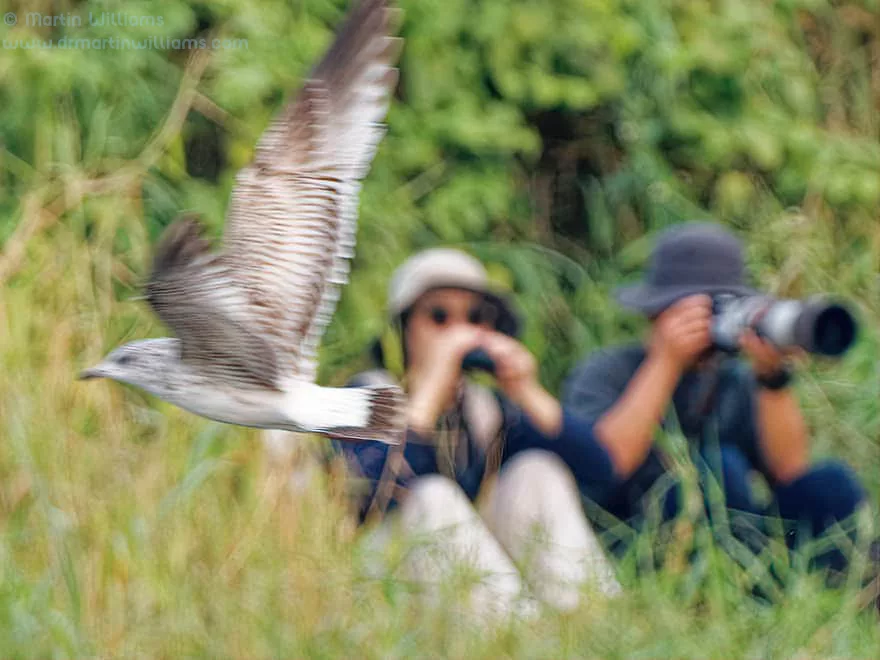
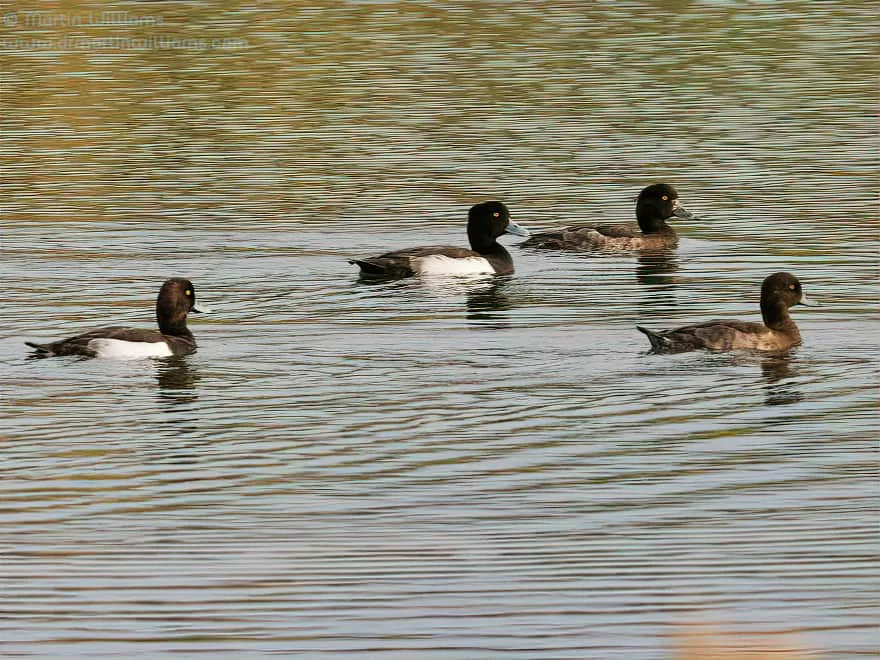
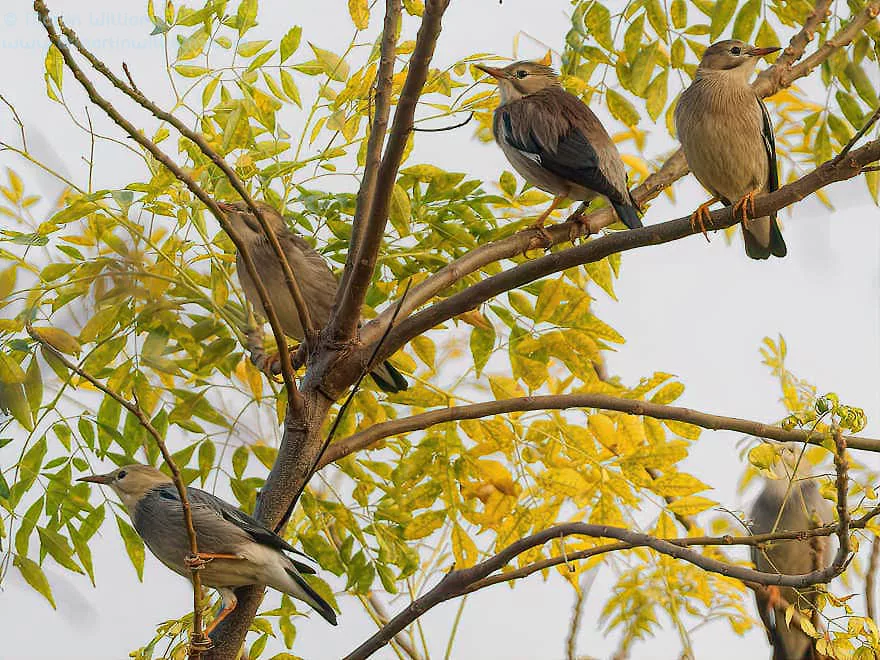
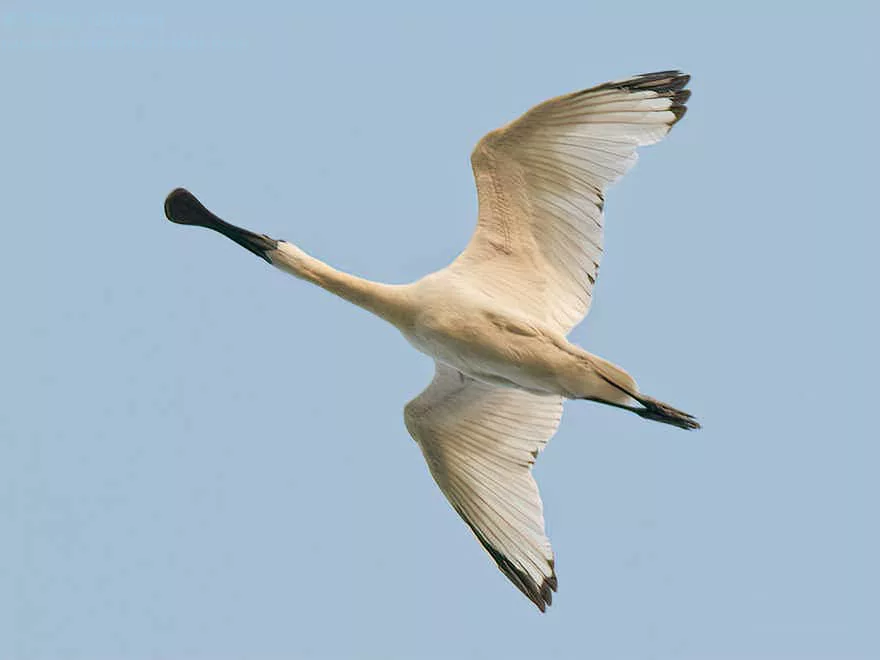
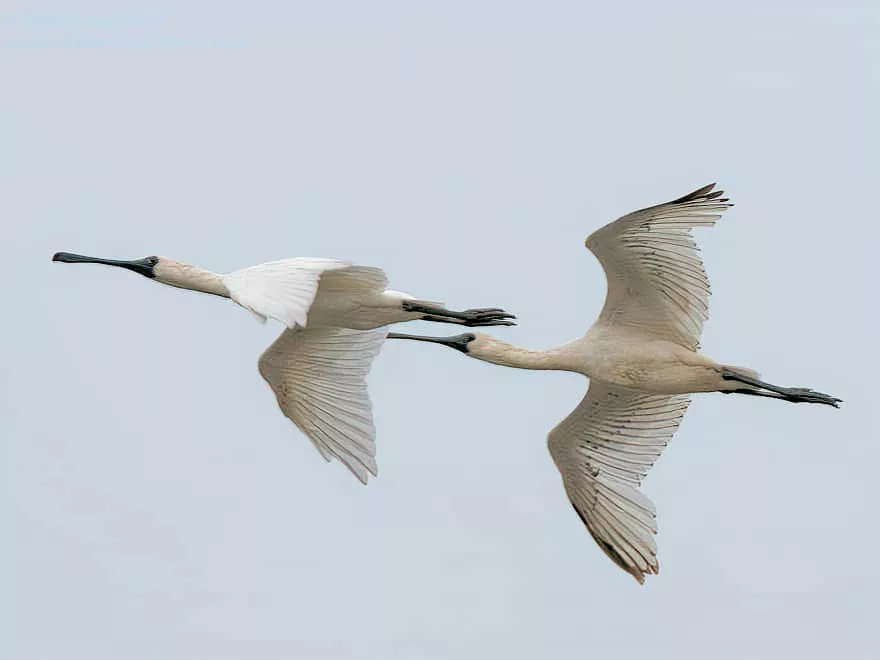
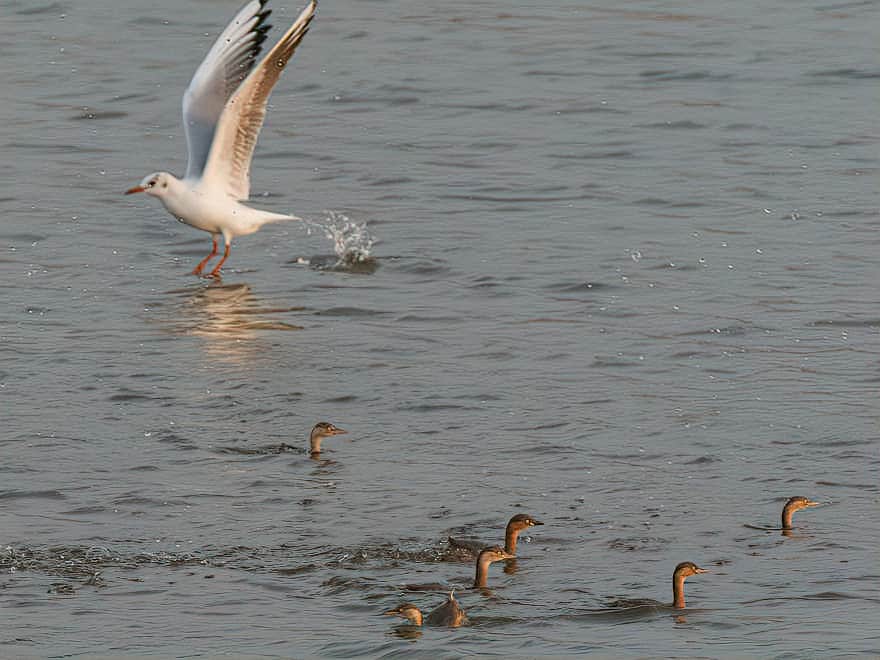
Suppose you were ageing and with various ailments, yet still attractive to many; and you were in the care of someone who is doing nothing…
After I posted in a birding whatsapp group about issues with the Long Valley Nature Park, I was surprised at a response, sent to the…
If you’re among the privileged few with access to the inner sanctum of Deep Bay in northwest Hong Kong – a viewing hide at the…
If you’re unfamiliar with the Deep Bay wetland shared by Hong Kong and Shenzhen, you might wonder about the significance of the expanse of fish…
Here’s a film I made about Mai Po, using footage James Reynolds and I shot for the reserve, in English, Cantonese and Mandarin versions: Mai…
Yes, this is may seem impossible, ridiculous; but continuing with current state of affairs doesn’t look good for long term future of Deep Bay wetlands.…
Last decade, the future looked bright for the Deep Bay wetland, in northwest Hong Kong. [I wrote this for the South China Morning Post in late…
The WWF Hong Kong managed Mai Po Marshes Nature Reserve has undergone an infrastructure upgrade, with a HK$347 million grant from the Hong Kong Jockey…
With the apartment blocks of Yuen Long and Tin Shui Wai to the southwest, Fairview Park estate to the south, and the urban sprawl of…
There is a Mai Po upgrade project underway [spring 2023], funded by a HK$347.86 million grant from the Hong Kong Jockey Club Charities Trust. This seems…
A “battle of the ponds” is underway in Hong Kong’s northwest corner. It focuses on Deep Bay, a wetlands area that borders on China, near…
“If you look at satellite photos of the Pearl River delta, Deep Bay really shows up. There is nothing else like it.” David Melville Published…
Though Mai Po Marshes is at the heart of Hong Kong’s internationally important Deep Bay wetland, there are other important sites in the area –…
Mai Po is a key component of the internationally important Deep Bay wetland, which straddles the border between northwest Hong Kong and Shenzhen.
Deep Bay in northwest Hong Kong is a wetland of international importance, a magnet for migratory waterbirds.
Mai Po Marshes has become one of the world’s greatest wetland reserves – and a place I’ve come to know well over the years. Indeed,…
Nam Sang Wai is part of the Deep Bay wetland.
At Mai Po Marshes Nature Reserve you can enjoy impressive wildlife spectacles.
Hong Kong Wetland Park is a curious place – with little wetland, excess dryland and an outsize visitor centre with exhibition areas like scifi scenes.…
Despite all the brouhaha, there is no H5N1 at Mai Po.
Mai Po Marshes Nature Reserve is a key part of the internationally important Deep Bay wetland

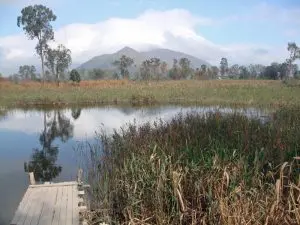
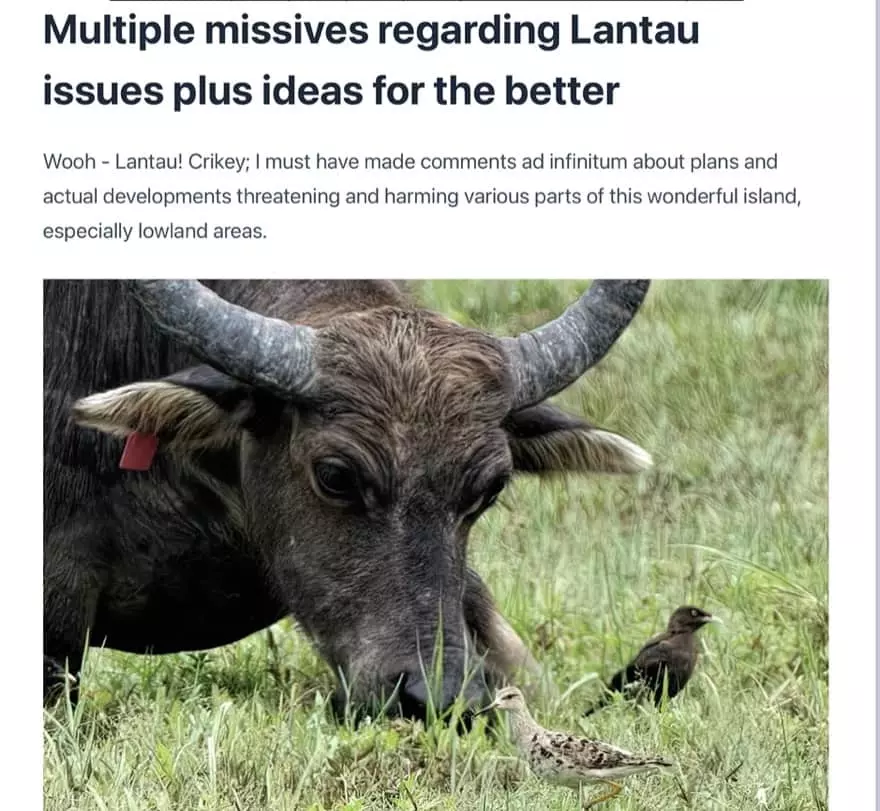
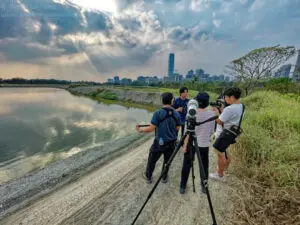

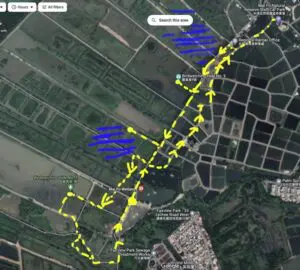
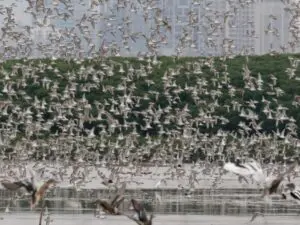

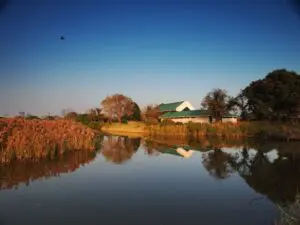

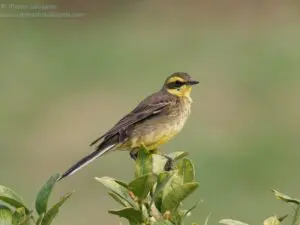
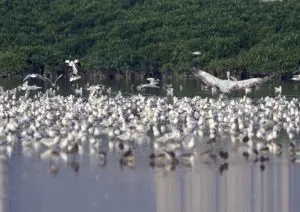



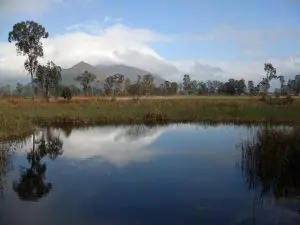
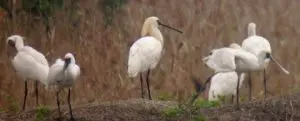



Facebook post by Lam Chiu-ying:
“I have an article in Ming Pao today: showing the futility of Trillion-$ projects in maintaining economic growth** and advocating the shelving and indeed scraping both mega-projects viz. the artificial island as well as the “Innovation & Technology Park” located on San Tin wetlands. (** see figure in “comments)
//The government has inherited two controversial mega-projects from the previous government: the artificial island of Lantau Island and the “Innovation and Technology Park” onSan Tin wetlands (note: not the entire San Tin Technopole project). The former is most probably a $1 trillion project with many problems . The latter involves filling up nearly a hundred hectares of fish pond wetlands. Wetlands with high ecological value cannot recover once construction begins, which undermines the establishment of national ecological civilization. Both are projects that cannot be undone once “the hair gets wet”. At this time of financial difficulties, we must not put Hong Kong in such situations ignoring the costs. Therefore, we seriously recommend that the government shelve the artificial islands and the Innovation and Technology Park on the San Tin wetlands in drafting next year’s budget. Indeed from the perspectives of of ecology and disaster prevention, both projects should be scraped completely.//”
Ming Pao article here: https://news.mingpao.com/pns/%e5%89%af%e5%88%8a/article/20250119/s00005/1737216533308/%e5%91%a8%e6%97%a5%e8%a9%b1%e9%a1%8c-%e8%b2%a1%e6%94%bf%e8%b5%a4%e5%ad%97%e6%80%9d%e8%80%83-%e5%9f%ba%e5%bb%ba%e5%b7%a5%e7%a8%8b%e8%88%87%e7%b6%93%e6%bf%9f%e7%99%bc%e5%b1%95%e7%9a%84%e7%a5%9e%e8%a9%b1%e7%a0%b4%e6%bb%85